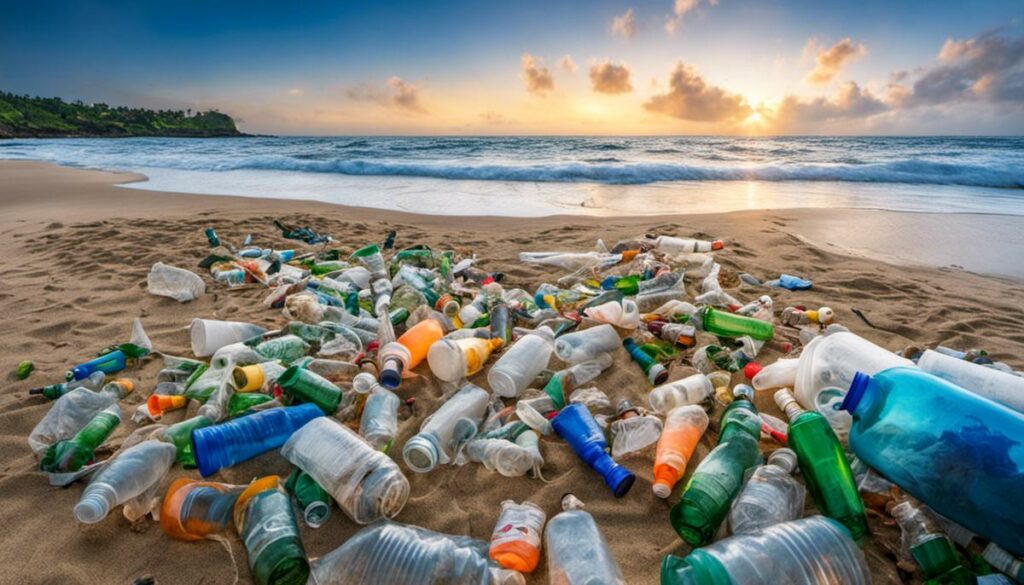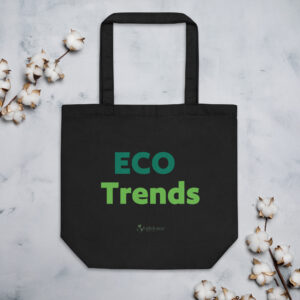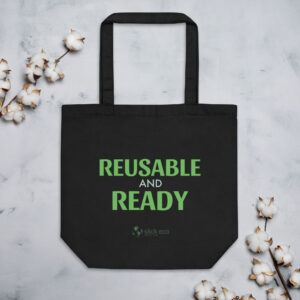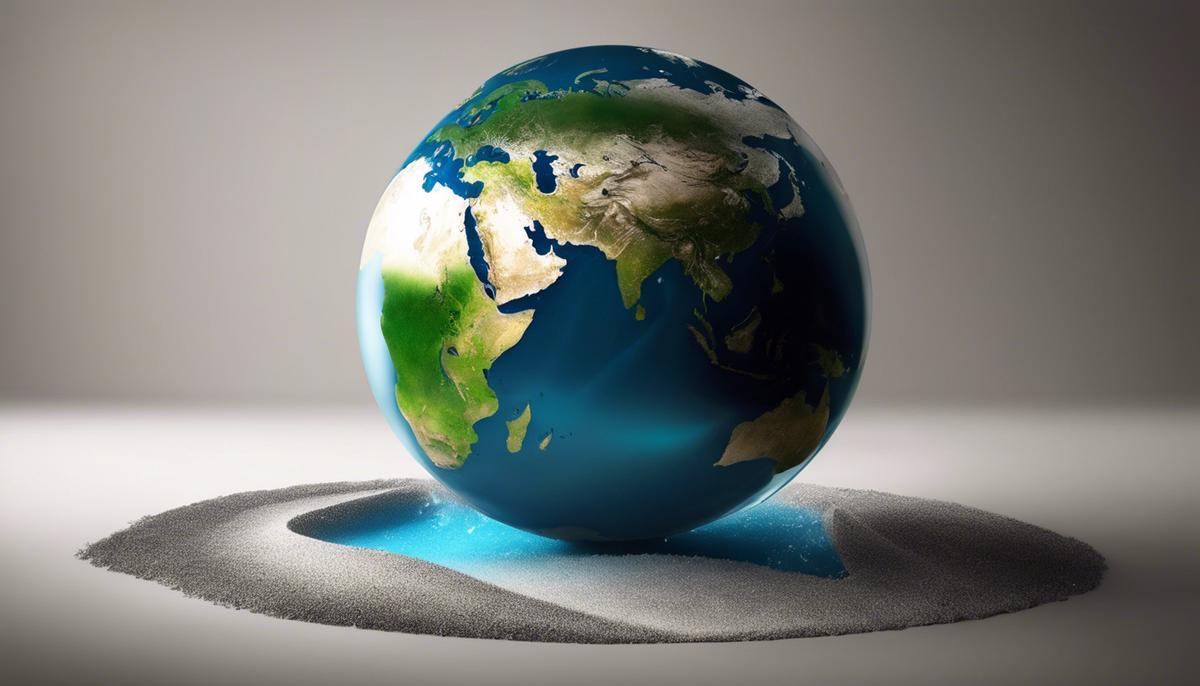Microplastics have become a ubiquitous presence in our environment, infiltrating ecosystems and even the food chain.
These tiny plastic particles, which are smaller than five millimeters in diameter, originate from a variety of sources, including larger plastic debris that degrades into smaller pieces, and microbeads used in personal care products.
The reality of their widespread distribution raises concerns about the environmental impact and the sustainability of our current practices with plastic.

You might already be aware that microplastics pose a potential threat to marine life and human health, but the depth of their penetration into our lives can be surprising. From the peaks of mountains to the water we drink, these minuscule particles have made their mark. It’s not just about the pollution they cause; it’s also about understanding their life cycle and how we can reduce our contribution to the problem. Addressing this issue is a collective effort that starts with individual action and awareness.
Learning how to minimize your exposure to microplastics and how to help reduce their presence in our environment is key to making a positive change. While it might seem daunting, several strategies can help you lessen your microplastic footprint. Whether through opting for products that are free of microbeads or being mindful of the synthetic fabrics you wear and wash, your choices impact the environment. As you continue to read, remember that every small action you take contributes to a larger movement towards sustainability.
Understanding Microplastics
Microplastics are a pervasive environmental issue that you encounter much more often than you might realize. They are tiny, yet they have a huge impact on ecosystems worldwide.
Defining Microplastics and Their Classifications
Microplastics are generally defined as tiny plastic pieces less than five millimeters in diameter. To put that into perspective, they are smaller than a grain of rice. Given their minuscule size, microplastics can be extremely challenging to detect and remove from environments.
-

Fashionably Green and On-The-Go
£16.50 Select options This product has multiple variants. The options may be chosen on the product page -

Reusable and Ready Eco-Friendly Tote Bag
£16.50 Add to cart
Sources and Types of Microplastics
You may be surprised to learn that microplastics come from a variety of sources. These include:
- Cosmetics: Products like facial scrubs may contain microbeads, which are intentionally added for their exfoliating properties.
- Textiles: Materials such as polyester, acrylic, and nylon can release microplastics when they are washed.
- Plastic Products: Everyday items, from plastic bags to bottles, can degrade into microplastics over time.
Primary vs. Secondary Microplastics
Microplastics are categorized as either primary or secondary:
- Primary Microplastics are designed to be small for specific uses, such as the microbeads found in toothpaste and facial scrubs. They were so concerning due to their environmental impact that the United States enacted the Microbead-Free Waters Act of 2015 to phase them out.
- Secondary Microplastics result from the breakdown of larger plastic items, exacerbated by environmental factors like sunlight and wave action. These fragments might originate from that plastic bag you saw tangled in a tree or the disposable water bottle that was improperly disposed of.
Microplastics and the Environment
Microplastics are ubiquitous and pose a significant threat to our environment. Your awareness and actions can help mitigate their detrimental effects on oceans, soil, and air.
Impact on Oceans and Freshwaters
Microplastics are prevalent in oceans and freshwaters, originating from various sources like broken down fishing nets and everyday plastic waste. These tiny particles, often less than five millimeters in size, make their way into these water bodies, causing plastic pollution that disrupts not only marine ecosystems but also affects the purity of the very water we rely on. Studies have found microplastics on remote beaches and deep within sediments, indicating their far-reaching presence.
- Ocean Impact: Spread through waves and currents, they contaminate marine debris fields and can be found even in salt harvested from the sea.
- Freshwater Influence: From lakes to rivers, microplastics are present, carried by runoff and finding their way into various waterways.
Microplastics in Soil and Air
While water bodies are primary repositories, microplastics also permeate our soil and air. Synthetic fibers shed from clothing and other textiles contribute to airborne microplastics that you might unknowingly inhale.
- Soil: They integrate into the earth from wastewater and degraded plastic pollution, potentially influencing soil health and crop quality.
- Air: Microplastics are not just bound to the ground; they can also be suspended in the air, traveling long distances and affecting both urban and remote areas.
Effects on Marine and Aquatic Life
The environmental impact of microplastics is alarmingly evident in the effects they have on marine life and aquatic ecosystems. Ingestion of microplastics by fish, birds, and marine organisms leads to a cascade of health issues and can be fatal.
- Marine Animals: From the largest whales to the smallest marine organisms, ingestion can cause internal injuries and toxicity.
- Aquatic Ecosystems: They disrupt the food chain and could alter the overall health of ecosystems, affecting the balance of aquatic life.
By taking steps toward sustainability and understanding the environmental impact of microplastics, you can contribute to protecting our precious ocean, freshwaters, and marine animals.
Human Health and Lifestyle
The intimate relationship between your health and the products you interact with every day is more complex than it may seem. Microplastics have entered our environment in numerous ways, creeping into the food you eat and the water you drink, as well as the variety of products that enrich your lifestyle.
Exposure to Microplastics in Food and Water
You may not see them, but microplastics have made their way into the foods you enjoy and the water you rely on. For example, shellfish and other biota that absorb or ingest microplastics might end up on your dinner plate. Here’s what you should know:
- Drinking water: Whether it’s bottled or from the tap, your water could contain microplastics.
- Seafood: Creatures from the ocean can ingest microplastics, which may transfer to you when consumed.
Microplastics in Everyday Products
Beyond what’s on your table, microplastics have infiltrated items you use daily. Your toothpaste, facial scrubs, and other personal care products may contain microplastics, which you could be unknowingly using, bringing these tiny particles closer to your personal ecosystem.
Research on Microplastics and Human Health
The conversation about microplastics and human health is ongoing within the science community, with current research focused on understanding the potential health risks. Here are the key points:
- Science is catching up: Researchers are studying how ingested microplastics could affect human health.
- Health risks are under scrutiny: The potential effects of continuous exposure are still unknown, but the industry is examining the implications closely.
Reducing Plastic Pollution
The fight against plastic pollution requires a multifaceted approach, tackling the issue from the production stage all the way to recycling. Implementing industrial innovations and stringent government regulations, taking personal actions, and engaging in community and global initiatives are all valuable steps you can take to help mitigate this pervasive problem.
Industrial Innovations and Government Regulations
Industrial strides towards reducing plastic waste are crucial. The development of biodegradable materials and enhanced recycling processes make it easier to manage plastic waste. Governmental bodies are stepping in with regulations to minimize plastic leakage into the environment. Initiatives like the Plastic Soup Foundation are gaining traction, promoting legislation that targets single-use plastics, and advocating for a comprehensive risk assessment of the materials we use.
Efforts such as plastic bag bans have already shown promising results in reducing environmental pollution. Also, increased regulatory action on the production and disposal of plastics helps in maintaining the health of our ecosystems.
Personal Actions to Reduce Microplastic Use
You have the power to make a significant impact on microplastic pollution through your everyday choices. Opt for reusable bags over single-use plastics, and choose clothing made from natural fibers like cotton to prevent plastic fibers from washing into our oceans. Here’s how you can reduce your microplastic footprint:
- Shop Smart: Buy in bulk and avoid products with excessive plastic packaging.
- Use Alternatives: Favor glass or metal containers over plastic.
- Care for Clothes: Wash synthetic clothes less frequently to reduce fiber shedding.
By adopting these habits, you’ll help diminish plastic waste and encourage a sustainable lifestyle that benefits our planet.
Community and Global Initiatives
Togetherness in action can amplify the impact on reducing microplastic use. Participate in local cleanups or start a community project that focuses on sustainability, such as a campaign to promote reusable bags. On a global scale, supporting and engaging with international organizations that work towards plastic waste reduction furthers the cause.
Awareness programs and education campaigns are essential to inform about the environmental impact of single-use plastics. Joint efforts in risk assessment and management, such as those endorsed by the Chemosphere and Environ. Pollut journals, lead to better-informed communities and policy-making that prioritizes the health of our environment.
Global Efforts and Sustainable Development
As you explore the diverse initiatives addressing microplastic pollution, you’ll discover a world committed to sustainability and environmental well-being.
The Role of International Organizations
International organizations, particularly the United Nations (UN), play a crucial role in combatting microplastic pollution. Through programmes like the United Nations Environment Programme (UNEP), efforts are streamlined to address the environmental impact of plastic pieces and nano-sized plastics. These global collaborations work towards goals like improving water quality and reducing macroplastic pollution, while also deliberating on measures that can minimize the production of microplastics from sources like packaging, adhesives, coatings, and polymers.
Advancements in Waste Management
Innovative waste management strategies are essential for maintaining sustainability. Advancements such as improved filtration techniques help water treatment facilities eliminate microplastics from wastewater, achieving significant removal rates. Publications like Environ. Sci. Technol. and J. Hazard. Mater. often discuss the effectiveness of tertiary treatments such as advanced filtration in barring microplastics from entering our ecosystems.
Promoting a Circular Economy for Plastics
Encouraging a circular economy for plastics is a proactive approach to sustainability. This involves promoting the use of recycled plastic to produce items, such as water bottles, thus reducing the need for new plastics. It alleviates the burden plastic lays on climate change and deters littering by extending the life of plastic materials. Efforts are directed towards designing products for longevity, easier recycling, and ultimately ensuring that plastics remain a valuable material rather than becoming waste carried by winds and waves into our oceans.

